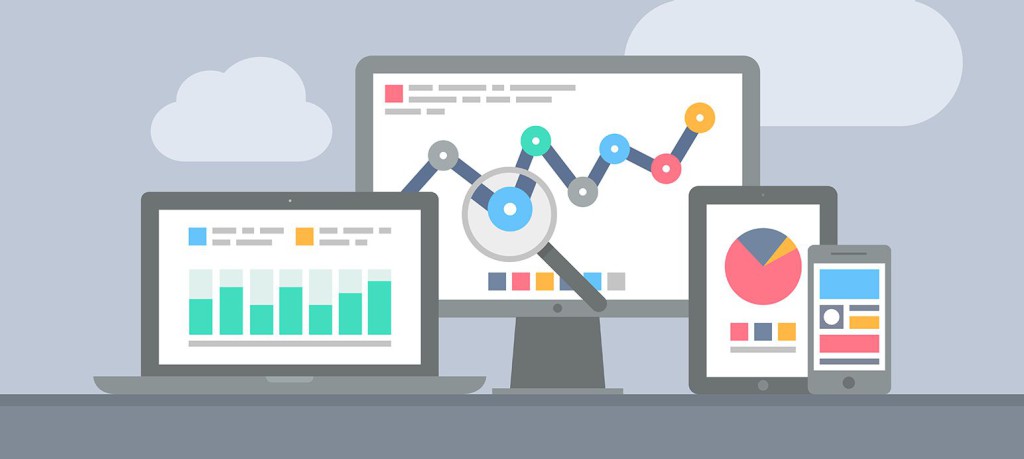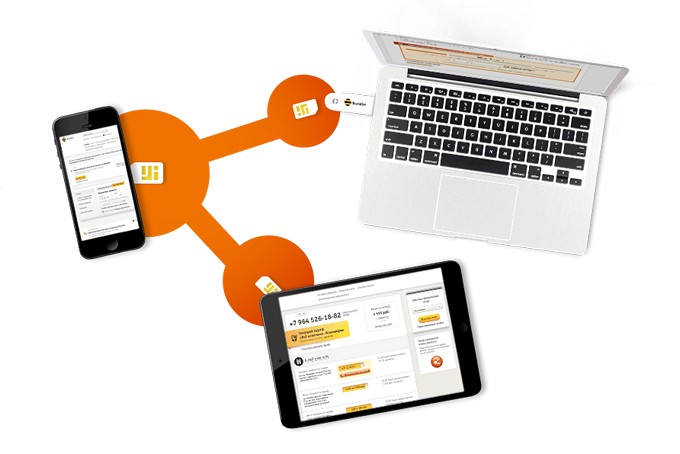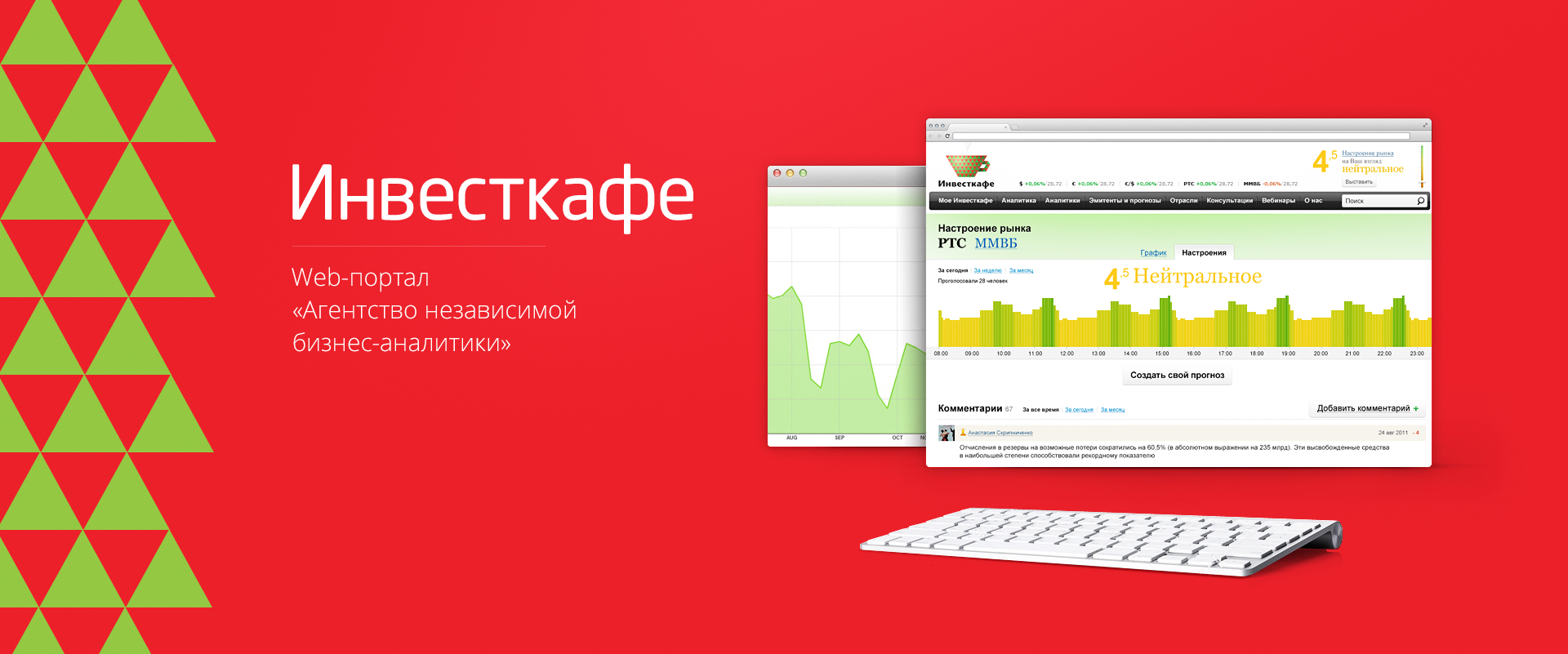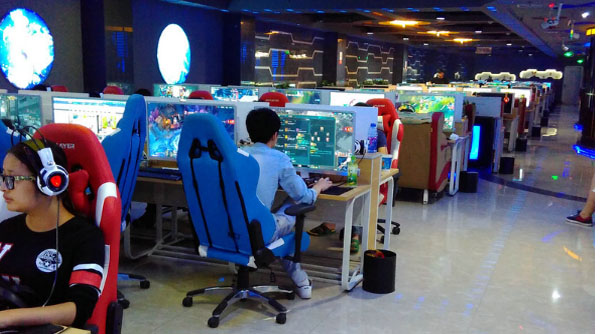Make your CMS better
 Recently, I did a little research using the site OpenSourceCMS.com, where you can test dozens of all kinds of open CMS (Content Management Systems, content management systems), and I was not satisfied with the result. All I had to see was cumbersome and difficult to manage software, with a bunch of options, often going around the basics of usability. The software written by profane and for profane.
Recently, I did a little research using the site OpenSourceCMS.com, where you can test dozens of all kinds of open CMS (Content Management Systems, content management systems), and I was not satisfied with the result. All I had to see was cumbersome and difficult to manage software, with a bunch of options, often going around the basics of usability. The software written by profane and for profane.
Based on the results, I concluded: most open CMS are useless. And this, in fact, can not please. Virtually every content management system should be radically revised and reworked – by copywriters, editors, managers, designers, etc.
Below are some of my recommendations to developers of open CMS.
Simple installation
Your software product will undoubtedly cause a more positive user response if you carefully consider the very first stage of CMS operation – the installation process. Even before the program is written and packed in a factory box. I want to download, unpack and run the installation wizard directly in my browser. Is it really hard to ask what exactly I expect from the program at the moment, before starting to automatically configure the database tables or edit conf.php?
Ten minutes between downloading the installation file and launching it: no redirection to the command line, no forced requests to open a text editor, etc. Yes, it is difficult, but you can overcome these problems, especially since the time spent later will be more than compensated for by the user’s location .
Fast start
Let the new user of your CMS feel “at ease” from the very first steps of using the system. Complicate the task gradually, go from simple to complex. For example, I first log in to the system, then I create a new web document. After that, I need to add a few CSS styles, then I intend to link the new document with hyperlinks to other web pages. Next is the construction of the navigation system and the addition of various services. The work is carried out gradually, the teams are not all in a crowd, but with the ability to give me breath and tune in to the next task.
And I want to leave the possibility of creating priority sections, forums, user polls and polls, generating PDF “on the fly” for later. Maybe later I will need all this – but not now, not at the first experience with CMS.
Step-by-step documentation
Most systems contain installation instructions, something like “First do it, then this, then this and this.” But when it comes to the direct use of CMS, I am immediately redirected to the study of the documentation, which describes every feature of the content management system.
Remember: I want to quickly get used to and learn how to work with your CMS, so provide all the necessary explanations in a sequential order.
Separation of administration and content management
I have enough experience in using scripting languages and computer configuration. I can write my own data templates and am well versed in the environment of Perl and Python. Almost all open CMS distinguish between “administrator” and “user”, but why should I switch between administration and content management to make the necessary changes?
98% of CMS users are people who want to manage the contents of their site, and not the system itself. For the remaining 2% there is no optimized CMS yet.
View and manage your site
Any company I have ever worked with has never combined the available sections of my site with an authorization area to enter the CMS work environment. However, in almost every open CMS, the functions of viewing the site and its administration are combined for some reason, which indicates an incorrect distinction between the user audience, both in terms of a simple study of the site sections and from the position of those who can and will edit these sections.
Use slang
I don’t know what a “portlet” is. And words like “module” or “snippet” don’t tell me anything either. Do you want by focusing users on such slang words to occupy a niche in the market of open CMS? Stop – this is confusing people, confusing them. Use simple words and phrases from general vocabulary to describe the capabilities or benefits of your content management system.
Column representation of information
Many CMS advocate a three-column view of information on the site with the ability to enable / disable certain data modules. Where does this prejudice come from?




